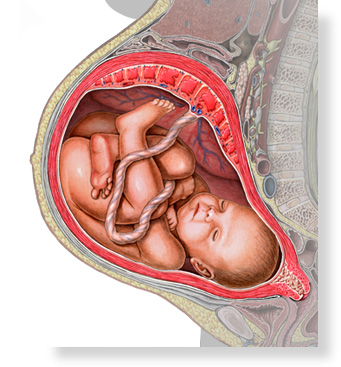Health exams for: #AGEGROUP#
The following exams, tests, and procedures are recommended for #AGEGROUPLOWER#.#FEMALETEXT#
Select a link from the list below to learn how and why each test is performed, as well how to prepare for it.

Bleeding and Placenta Problems, Medical Problems, Other Pregnancy Problems
Start herePreparing for Labor and Delivery, What to Expect During Delivery, Delivery of Your Baby
Start hereNewborn Hospital Care - Routine, Newborn Hospital Care - Sick Child, Going Home With Your Baby
Start here